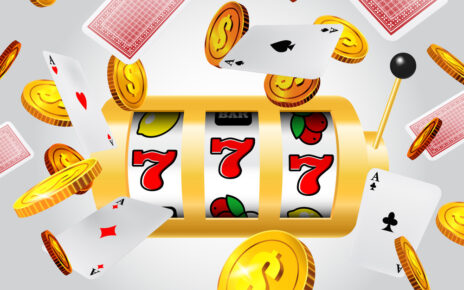Analyzing opponent styles in live poker games requires astute observation skills. By closely observing factors such as betting patterns, reaction times, and bluffing tendencies, players can gain a strategic advantage. Recognizing these subtle cues enables informed decision-making and the ability to adapt strategies accordingly.
Proficiency in reading opponents can significantly impact the outcome of a poker session. Therefore, mastering the skill of interpreting opponent styles is crucial for success at the poker table.
Observing Betting Patterns
In live poker games, a key element to consider for understanding opponent behavior is closely observing their betting patterns. The way in which opponents bet can offer insights into their hand strength, confidence levels, and general gameplay strategy. It’s beneficial to note the amount they wager, the timing of their bets, and their reactions to others’ bets.
Are they displaying aggression by frequently raising and re-raising, or do they adopt a more passive approach, reserving bets for strong hands? Assess whether they engage in bluffing tactics or primarily bet when holding a strong hand.
Recognizing Player Tendencies
Observing opponents’ betting patterns lays the foundation for understanding player tendencies, a crucial aspect of strategic play in poker. By closely monitoring how different players behave in various situations, players can glean valuable insights into their opponents’ strategies.
Some players may frequently bluff, while others tend to raise only with strong hands. Detecting patterns in their actions, such as consistent checking with weak hands or aggressive betting with strong holdings, enables a player to anticipate their next moves. This awareness facilitates strategic adjustments and can be instrumental in gaining an edge at the poker table.
It’s essential to continuously track and adapt to player tendencies as they may alter their approach based on observations as well. By honing the skill of recognizing and responding to player tendencies, players enhance their chances of success in poker games.
Studying Reaction Times
Analyzing opponents’ reaction times in live poker games can offer valuable insights into their decision-making processes. Quick decisions may indicate reliance on instinct and experience, while delayed responses could suggest a more analytical approach. Consistent patterns in reaction times can help assess if players are deliberate or impulsive.
Any sudden changes in their response speed might signal a strategic shift or change in confidence. Observing reactions to specific situations like strong bets can reveal information about opponents’ hand strength and bluffing tendencies. By attentively noting these details, players can adjust their strategies and exploit opponents’ playing styles effectively.
Identifying Bluffing Signals
Developing the ability to identify bluffing signals is a valuable skill in live poker games. Look for physical cues like nervous actions such as fidgeting or face touching, which may indicate a player is bluffing. Changes in betting behavior, like sudden aggression or hesitation, can also hint at a bluff.
Observing how opponents act with strong versus weak hands can reveal patterns that signal bluffing. Keep in mind that some players are adept at concealing their bluffing signals, so focus on consistent patterns and deviations in behavior. By refining your observation skills for these signals, you can make more informed decisions during gameplay.
Utilizing Positional Awareness
Positional awareness plays a crucial role in live poker games, influencing decision-making and overall performance at the table. Understanding your position relative to the dealer button and other players provides valuable insights into hand strength and allows for strategic adjustments.
In late position, observing opponents’ actions before acting gives an advantage, enabling more informed decision-making. Conversely, early position entails operating with limited information on opponents’ moves, necessitating a more cautious approach.
Effective utilization of positional awareness involves adopting a more aggressive stance in late position and a more conservative approach in early position, thereby enhancing the likelihood of success in live poker games.
Conclusion
In summary, developing the skill of analyzing opponent styles in live poker games is crucial for making well-informed decisions and gaining a competitive advantage at the table. By carefully observing factors such as betting patterns, player tendencies, reaction times, bluffing cues, and positional awareness, you can better predict your opponents’ actions and adjust your strategy accordingly. Continuously improving your observation abilities and adapting your gameplay to exploit weaknesses in your opponents’ strategies can enhance your chances of success in live poker games.




